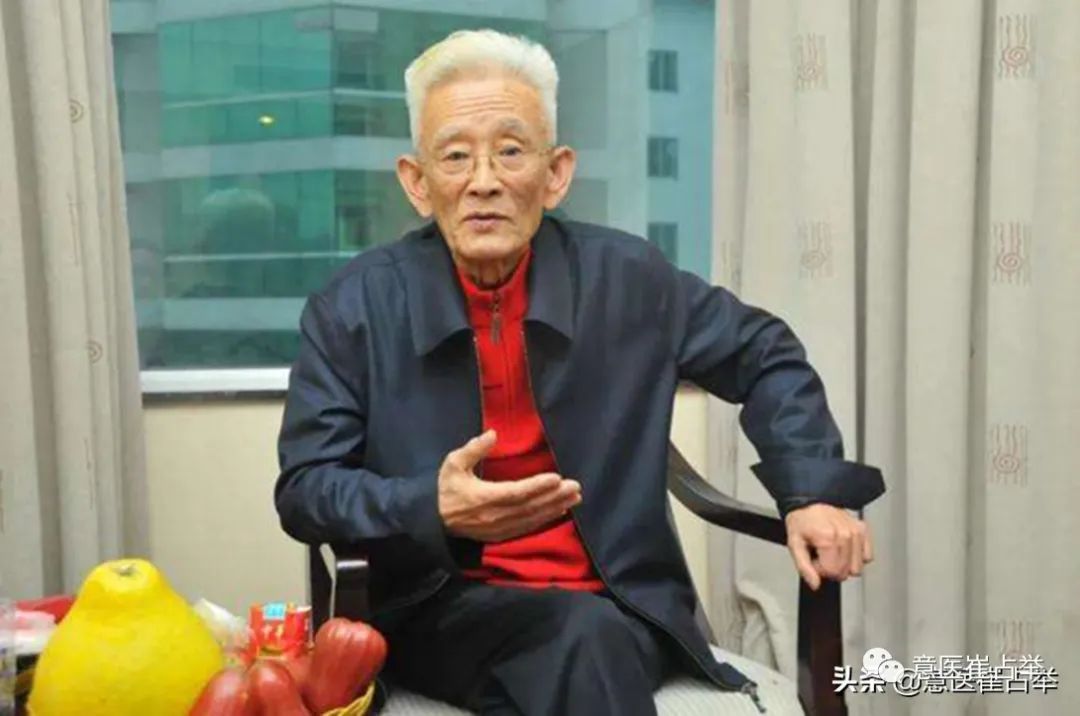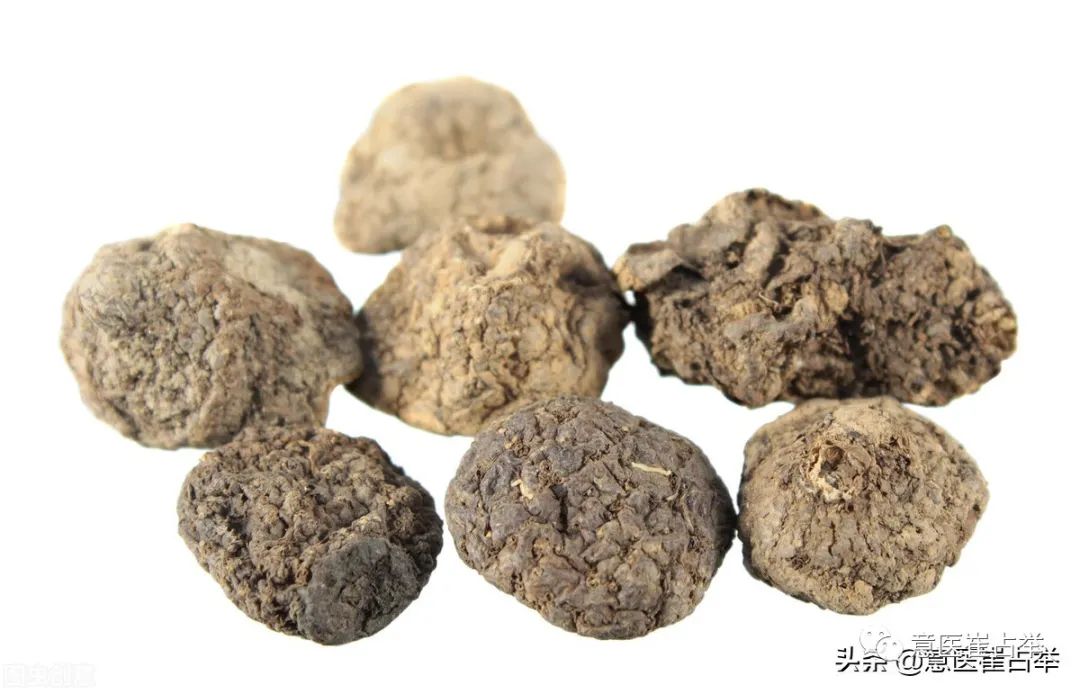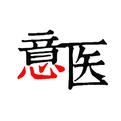
Li Ke, an esteemed TCM practitioner and author of “Thinking about Traditional Chinese Medicine,” has over 50 years of experience in treating severe cases, including more than 20,000 patients who were declared terminal by hospitals. He is regarded as the “backbone” of contemporary TCM by Master of National Medicine, Deng Tietao. Today, I would like to share a profound insight from Li Ke regarding the practice of clearing heat and detoxifying, which is both enlightening and thought-provoking.
Li stated: “Currently, when treating hepatitis, we begin with methods to clear heat and detoxify. After a period, all indicators return to normal, but then there is a rebound. This is because the cold and cool treatments harm the patient’s yang energy, making future recovery more difficult. What is clearing heat and detoxifying? You can only clear and detoxify if there is heat toxin present. TCM emphasizes the concept of ‘unity of heaven and man’ and ‘differentiation of syndromes and treatment’ from the very beginning. Doctors must differentiate; using yang medicine for yin diseases may not be entirely wrong, but it is not ideal.”
This statement from Li Ke pertains to the treatment of hepatitis. Upon seeing the character for “inflammation” (炎), many people immediately associate it with heat toxin, as the character consists of two “fire” radicals, indicating heat. Thus, in the eyes of most TCM practitioners, treating hepatitis should involve methods to clear heat and detoxify. Furthermore, modern medicine has confirmed that hepatitis is caused by viral infections, and the herbs used for clearing heat and detoxifying have been shown to have antiviral effects according to modern pharmacological studies. Therefore, no one doubts the correctness of this treatment direction. However, Li pointed out that while the initial use of clearing heat and detoxifying methods may yield normal indicators after some time, the condition often rebounds, making subsequent treatment more challenging. The reason lies in the yang energy, as all clearing heat and detoxifying medicines tend to be bitter and cold or pungent and cool, which can harm the patient’s yang energy with prolonged use, leading to a deficiency in yang energy. Yang energy represents the body’s immunity; when yang energy is insufficient, some diseases may not present severe symptoms, giving the impression of improvement. This is similar to the effects of corticosteroids in Western medicine, which may reduce inflammation but merely suppress the immune response. TCM emphasizes that ‘when the righteous qi is preserved within, evil cannot invade,’ highlighting the importance of righteous qi in disease manifestation. If a treatment causes damage to the righteous qi in exchange for a ‘seemingly’ improved condition, it is undoubtedly a failure. Therefore, when using any treatment, we must consider the body’s righteous qi and yang energy.

Li further stated: “What is clearing heat and detoxifying? You can only clear and detoxify if there is heat toxin present.” This statement clarifies the indications for clearing heat and detoxifying, meaning it should only be used when heat toxin is present. Heat toxin refers to pathogenic heat that accumulates and transforms into toxin, which includes acute febrile diseases such as carbuncles, erysipelas, and heat boils. Common symptoms of heat toxin include rashes, red bumps, and localized or systemic redness, swelling, heat, pain, rashes, itching, and ulcers. Common symptoms include localized redness and swelling, heat and pain, purplish-red rashes, boils, swollen salivary glands, localized ulceration, fever, dry mouth, thirst, oral ulcers, sore or ulcerated throat, flushed face, dry and yellow stools, or painful and dark yellow urination, red or purplish tongue, thick greasy or dry yellow coating, and a rapid or forceful pulse. These symptoms may appear individually or in combination. According to modern medicine, this corresponds to bacterial infections of local tissues or organs or systemic infections.
These conditions represent true heat toxin. Li then stated: “From the very beginning, TCM emphasizes the concept of ‘unity of heaven and man’ and ‘differentiation of syndromes and treatment.'” This statement informs us that when using clearing heat and detoxifying methods, the prerequisite is that your differentiation results indicate heat toxin syndrome. If it is not heat toxin syndrome, but merely a result of bacterial or viral infection, and you use clearing heat and detoxifying methods, it clearly contradicts the principles of differentiation and treatment in TCM, leading to inevitable failure. This reminds me of many traditional Chinese medicines for treating colds, most of which have the effect of clearing heat and detoxifying. However, if we apply TCM differentiation methods, is a cold truly a heat toxin syndrome? Certainly not! In fact, most common colds are due to cold damage. Cold damage refers to injury from cold, as described in the “Shang Han Lun” (Treatise on Cold Damage), with symptoms including aversion to cold, headache, body aches, fever, absence of sweating or sweating, nasal congestion, cough, pale tongue with white coating, and floating tight or floating slow pulse. Are these symptoms indicative of heat toxin syndrome? Clearly not. So why are there so many traditional Chinese medicines for treating colds that are aimed at clearing heat and detoxifying? In other words, why have so many clearing heat and detoxifying cold medicines been developed? The reason is that TCM has been influenced by Western medical thinking, which assumes that since it is a viral infection, and clearing heat and detoxifying herbs have been confirmed to have antiviral effects by modern medicine, it concludes that clearing heat and detoxifying herbs can treat colds. This is a typical case of Western medical thinking guiding TCM medication, resulting in TCM gradually losing its ability to treat even colds.

Finally, let us consider Li Ke’s statement: “Doctors must differentiate; using yang medicine for yin diseases may not be entirely wrong, but it is not ideal.” From the perspective of TCM differentiation, using yang medicine for yin diseases is incorrect. Yin diseases refer to conditions of yin deficiency, blood deficiency, or both qi and yin deficiency, indicating a lack of body fluids or blood. We know that yin and yang need to be balanced; if the body is deficient in yin, yang will be relatively excessive, leading to internal heat. Therefore, if you use yang medicine, such as Fu Zi (Aconite) or Gan Jiang (Dried Ginger), it will exacerbate the person’s yang, worsening symptoms such as increased dryness of the mouth or more severe oral ulcers. However, that is all; using yang medicine will harm the body’s fluids, which can be replenished through water and diet, and as long as the yang energy is not harmed, yang can generate yin. Additionally, Li Ke’s statement that there is ‘no big mistake’ also has another reason: if yang medicine is mistakenly used, the patient will quickly show symptoms, allowing the doctor to recognize the error and correct it promptly. This is unlike the misuse of clearing heat and detoxifying herbs, which may give the appearance of improvement, leading to more significant harm, akin to the ‘boiling frog’ effect. Of course, Li Ke’s statement is not meant to teach us to use yang medicine for known yin diseases; rather, it emphasizes that in cases where differentiation is unclear, one should avoid using cold and cool medicines. This error is much greater than using yang medicine for yin diseases.
Through Li Ke’s statement, I have learned that when differentiating in clinical practice, if I feel uncertain, I should consider the possibility of yang deficiency rather than yin deficiency. In other words, I must learn to value the patient’s yang energy and always prioritize protecting the patient’s yang energy. This is the most important insight that the Huoshen School has imparted to us.
Well, that concludes my sharing of Li Ke’s insightful experience. Follow me for more TCM knowledge in the next session.

